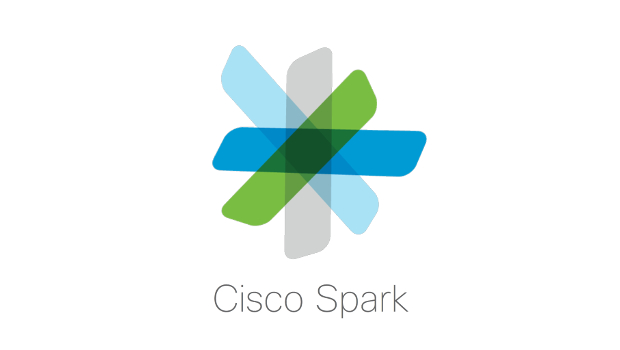The closely watched launch of Microsoft’s Teams, a rival to chat platforms Slack and HipChat, shows how important this kind of collaboration is for any company that wants to dominate workday life. Cisco Systems is no exception.
At Cisco’s conference for channel partners, the company laid out an ambitious goal for its Spark chat platform and announced two moves to make it more attractive to enterprises.
Spark is now the centrepiece of Cisco’s collaboration portfolio, which spans voice calling, videoconferencing, document sharing, and other capabilities. Like Slack or Microsoft Teams, the messaging platform is designed to be the virtual home base for teams of employees, from which they branch out into other collaboration tools and productivity applications.
There are already 60 third-party applications integrated with Spark, but Cisco is aiming higher, particularly with SaaS integrations like the one it announced last month with Salesforce.
“Every as-a-service application that has any level of interaction should have Spark and our collaboration portfolio integrated deeply into it,” Cisco CEO Chuck Robbins said in a keynote address at the partner conference.
To help promote the integrations that already exist, Cisco announced an online store called Depot where enterprises can find apps that work with Spark. In addition to Salesforce, the line-up includes big names like Microsoft Office 365, Box, DropBox, Zendesk, Google Drive, and Twitter. Depot is also where customers can go to integrate their own applications with Spark.
Also at the conference, the company announced a new software license for Spark and all its other collaboration products.
The new license, called the Spark Flex Plan, costs as little as $21 (€19) per user, per month. It covers all Cisco collaboration software and services, both on the customer’s premises and in the cloud. Each employee covered by the license can use Cisco’s on-premises calling and meeting tools, plus WebEx, Jabber, Spark, and other products.
Enterprises can migrate at their own pace to the cloud-based counterparts of any Cisco on-premises collaboration tool without buying any new licenses. Cisco hopes they eventually will because it is emphasising software, services, and the cloud for collaboration. All the company’s collaboration offerings are now available via the cloud, Robbins said.
IDG News Service







Subscribers 0
Fans 0
Followers 0
Followers